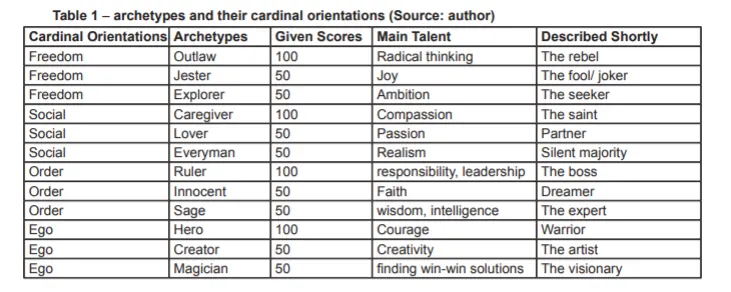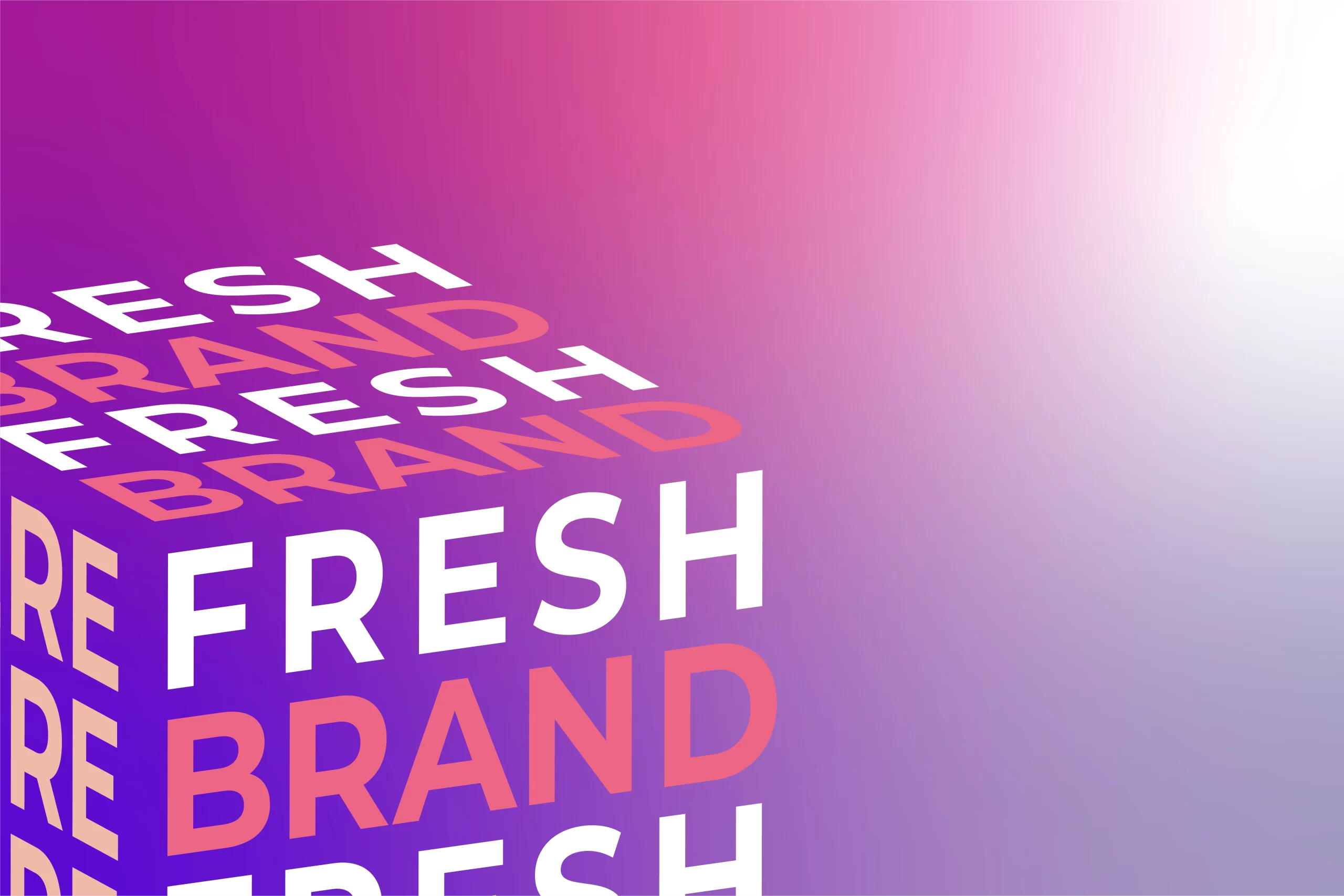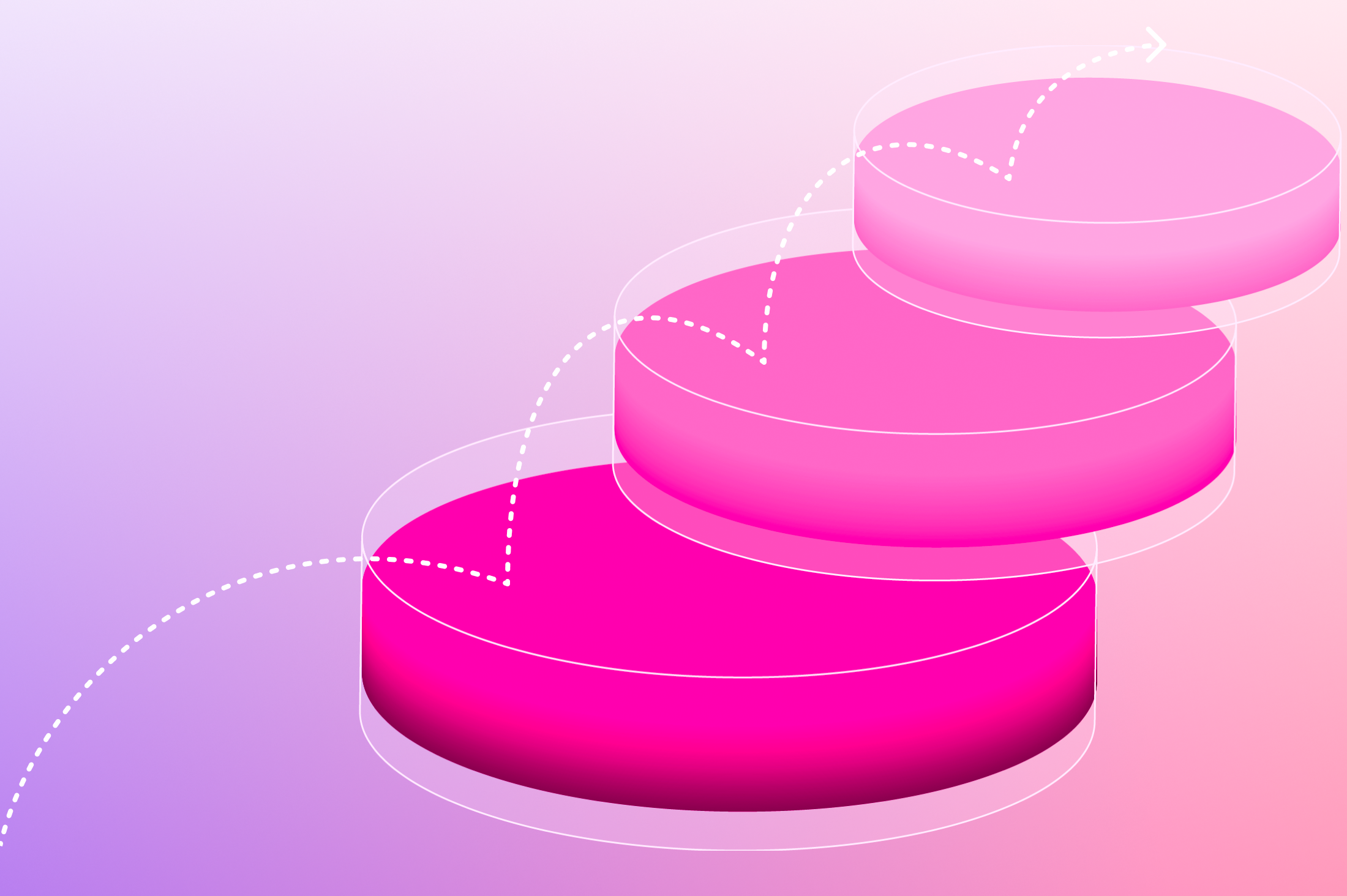Recently updated on March 16th, 2022 at 08:50 am
What is a brand archetype?
When you’ve already identified your logo and brand name, it’s time for you to have a much deeper understanding of your brand elements. To start, keep in mind that the visual elements can go beyond aesthetics through brand archetypes.
Brand archetypes are messages, values, behaviours, and symbology that give character to your brand, making it more relatable and recognisable to your target audience.
Types of brand archetypes
12 brand archetypes
In psychology, archetypes are characters or persona that explains one’s motivations for actions through generic traits. Since we’re dealing with people, it only makes sense to approach your target audience with this method. Carl Jung proposed 12 archetypes that you can easily incorporate into your brand identity.
- The Magician
Magician branding focuses on making dreams come true and problems disappear. In essence, these are brands that help people solve their problems with “magical” solutions.
Example: Disney
- The Creator
When it comes to innovation and creativity, creator branding is the best option. It allows brands to turn visions into reality, such as through the advancement of technology.
Example: Apple
- The Ruler
Sometimes, brands need to lead the way for their followers. Through ruler branding, they can make new paths for their market that lead to the new products of the future.
Example: Rolls Royce
- The Lover
They say love is the most powerful magic, and that’s indeed true to lover branding. By utilising all forms of love, brands connect to their audience and even help them connect through various interactions.
Example: Victoria’s Secret
- The Caregiver
The primary focus of caregiver branding is making people feel safe through the services offered. In general, the goal is to protect and care for its people.
Example: Heinz
- The Jester
One sign of getting close to people is when you can make them laugh. That is the primary focus of jester branding – to help people feel better through joy and laughter.
Example: Paddy Power
- The Sage
The sage archetypes symbolise intellect and information. Consequently, sage branding aims to spread knowledge and reject misinformation.
Example: Discovery Channel
- The Explorer
Through discovery, the explorer archetypes symbolise freedom and joy. Thus, explorer branding inspires people to change through innovative means.
Example: NASA
- The Rebel
Instead of helping people find their purpose in life, the Rebel breaks the rules and undermines the status quo. They crush people’s current beliefs and offer new products and services that can solve their problems even better.
Example: Diesel
- The Hero
Through hero branding, brands position themselves as the protagonist of the story. They protect and inspire people to do good deeds in line with their values.
Example: Red Cross
- The Everyman
As the name suggests, Everyman targets all audience groups in its branding. It aims to bring safety and comfort to the mass market instead of targeting only the upper class through luxury products.
Example: Tesco
- The Innocent
The innocent brand archetype focuses on purity and innocence, with a clear boundary from naivety. It helps people see the world from a child’s perspective, only seeing happiness and comfort in life.
Example: Coca-cola
The four cardinal orientations group the archetypes into four groups of three. Use the table below to see how these personality traits can be applied to brands like yours.

Using archetypes to build your brand personality
To know how you can use brand archetypes, ask yourself the following:
1. What is the power and potential of your brand?
When you are well aware of what you offer and what your customers want, you can build your connection with them by choosing the most appropriate archetype to build your brand’s persona.
2. Who are your customers?
Do some research and investigate what your customers want, what they do, and what influences their actions. With that, you can identify what sort of connection they have with you and your brand.
3. How do your customers feel?
Emotion is a critical element in using brand archetypes. Although you are purposely trying to evoke their emotions, keep in mind that you need to be authentic and sincere when approaching them. Otherwise, your brand archetype won’t gain their trust and loyalty.
4. What does your brand symbolise?
While words are powerful, having visual imagery to back up your connection with them can boost your brand’s standing. Use a combination of photos, videos, and other graphics to present your brand persona to your audience.
When you finish answering these questions and you’re all set with your brand archetype, take time to review and see if you have chosen the right archetype. To ensure your choices, go over the questions once again and see if your archetype is consistent across all media. If it does, then start taking action by applying what you have learned to your marketing and brand strategy.
Read More: What is your brand personality?
Key takeaways
When you’re working on your brand, keep in mind that you’re trying to win people’s hearts. That’s why you must approach them with the most basic human connection – emotions. When people can relate to your brand and connect with your values, they will most likely offer their loyalty to your products and services without them realising it. Likewise, focusing on this element will give you a competitive advantage against your competitors.
Need help in building your brand? Get in touch with Spark Interact today.






